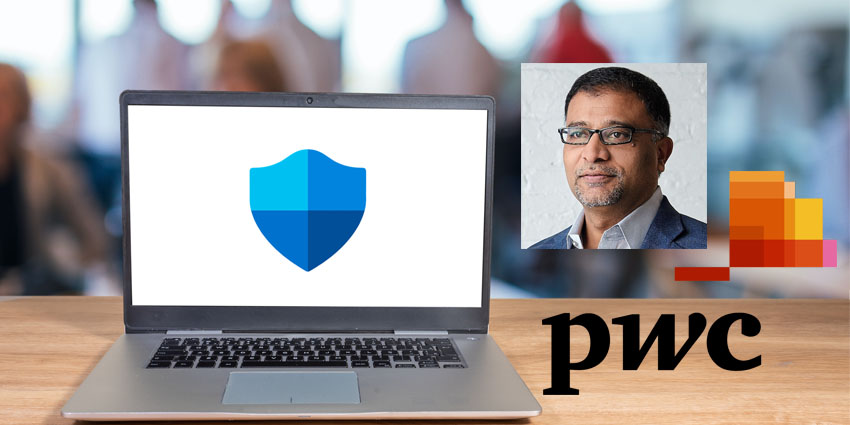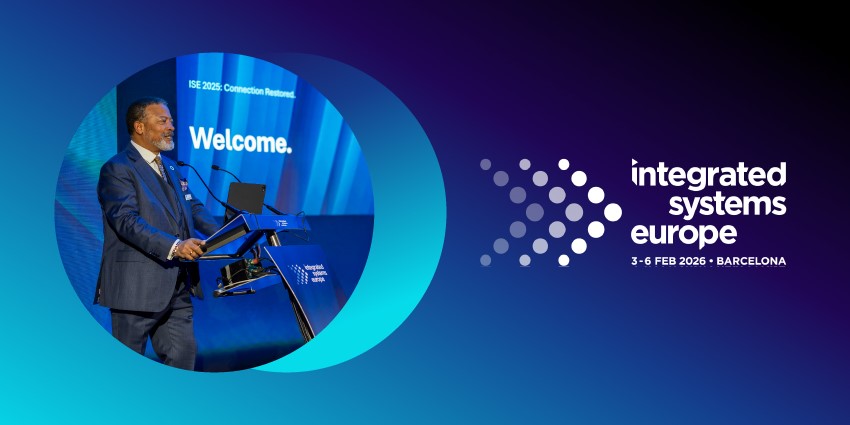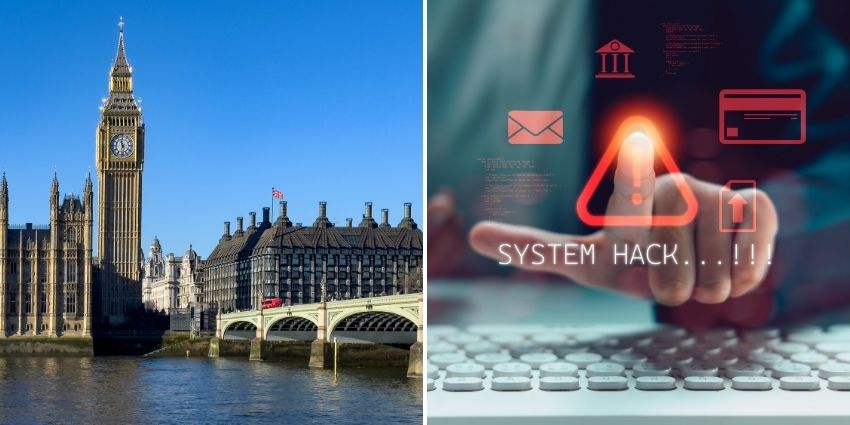Despite repeated warnings from health officials about easing restrictions too soon, many states have proceeded with directives to relax social distancing restrictions. The ambiguity of restrictions across the country is resulting in ambiguity in the reopening of workplaces. This novel issue may cause mass confusion which can only be solved by near-perfect top-down communications.
Different companies take different approaches
Industries and companies have been reopening in phases. Some have initiated a staggered re-opening technique. Others are operating on innovative distributed team models such as split teams, hybrid teams or fully remote teams.
Companies like Amazon, Google and Twitter have extended their work from home policies, while organizations like Dow, Disney World, and Credit Suisse are planning a phased return. Goldman Sachs has opted for a hybrid business model while J P Morgan Chase are operating on a 50% in-person policy at the moment.
Businesses in frontline industries like health care, retail, restaurants and manufacturing have a different challenge on their hands. For one, remote working is not an option for most of their workers. However, operating at full capacity might have to be deferred for some more time.
Since businesses are taking different approaches to reopening, most workers, including frontline and deskless workers might be furloughed or asked to stay home for a little longer.
Return to Work – A Work in Progress
Before the COVID-19 pandemic, many businesses tried to limit staff from working in locations devoid of a corporate office.
However, during these bizarre times of upheaval due to a sudden burst of the coronavirus outbreak, companies are in situations where workers are stranded in different towns, cities and countries. Desked workers embrace telecommuting while frontline and deskless workers might be furloughed or on a break due to the circumstances.
As businesses in major commuter-based cities begin to test mixed returns to office, it has become a nightmare to manage where anyone is located at any given time. With some schools closed for in-person education, even deskless employees can sometimes be stuck at home. Having the proper technology and guidelines in place can help organizations reach people wherever they are, at any time.
Without adequate digital tools in place, employers are facing a lot of difficulties in locating workers in distributed locations. Full-time employees are easier to trace, while part time or contract workers are proving more elusive.
Irrespective of all the safety measures being taken by employers, many workers are still sceptical to step out of the safety of their homes. Many workers are choosing remote work or deferring work to a ‘safer’ date.
Balancing In-Person and Remote Culture
Everything is in a flux right now. The pandemic has set the wheels of digital transformation in motion. Nothing will appear as it was, and future trajectories will be markedly different from everything we’ve seen and experienced so far. Therefore, the past cannot be projected to predict future timelines and events.
Even the state of the workplace is undergoing a metamorphosis. Businesses and employees alike have realized the value of remote working through first-hand experience during the lockdown.
In a post-COVID world, a mix of co-located work with remote work might be more ideal. Balancing remote working with in-person work is crucial. This category also known as the hybrid worker, is a mix between a remote worker and a co-located worker. Hybrid workers spend a fraction of their time working from an office and the remaining time working from any other preferred location.
Irrespective of the location of employees, creating a digital workplace is mandatory for all businesses going forward. With digital communication tools and video conferencing platforms, businesses can create a flexi-place scenario with ease.
HR and communications professionals need to devise a strategy to evaluate the percentage of employees who are ready to return to the office.
Using a mobile intranet, managers and IC teams can conduct companywide surveys and polls to gauge how many employees are ready to return to the workplace. They can also reach out to employees to gather data on their present location and status, through employee communication tools.
The advantage of using a targeted employee communication tool over other communication media such as email, is that employers get feedback on who and how many workers have read the intended messages. This data goes a long way in helping refine content and re-target employees during a crisis.
Best Practices in Communication for Workplace Resurgence after COVID
Top down communications are really crucial when it comes to returning to work after COVID. Before getting back to work, how do employers track workers whereabouts and ensure that the new guidelines, dates and so on are communicated to the entire workforce?
Step one in the return to work endeavour is tracking employees and gathering data on who is ready to start working from the office. As mentioned above, surveys and polls using a secure, admin controlled comms tool, are really helpful in this regard.
Once data is collected, collated and analysed, it’s time to chart out a workplace resurgence plan, policy and safety guidelines.
Next step is communicating this protocol to an already sceptical, possibly disgruntled and anxious workforce. Here are few best practices that come in handy while communicating the return to office plan to your employees.
- Phases of Reopening: Communicate the planned phases that will entail the reopening process. Ensure that you have a good workplace health and safety policy and make sure to communicate this to your workforce
- Two-way communication: Create a space and open a channel for employees to have conversations regarding returning to work and whatever concerns they may have
- Be supportive: Workers will be in different states of mind and might have varying concerns. Some may have relocated to a place far away from the workplace to combat the ensuing situation. Be flexible, empathetic and accommodating in the communication
- Safety first: share all the safety measures that have been enforced in the work space, be it sanitization, social distancing, shift timings, and so on
Being flexible and accommodating is very important during these times. A succinct, empathetic and open top down communication strategy will go a long way in ensuring employees feel safe while returning to the workplace. Workers should also feel like authorities are approachable in case of queries, emergencies or any other need.
Ultimately, what employees need now is motivation and assurance. Everyone’s patience might be wearing thin by now since the situation has been underway for a long time. From a business point of view, communicating frequently and clearly with employees will help streamline operations and maintain productivity. From a more humanitarian point of view, business leaders, managers and communicators can take on the role of infusing hope in people, in order to mitigate their encumbered states during the latter half of this ongoing escapade.
Guest Blog by Praveen Kanyadi, Co-founder & VP Products at Groupe.io
Groupe.io is a productivity platform for frontline workforce







